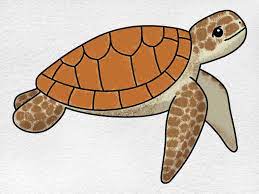Description
Special Features




Safety Features



Cancellations
Cancellation Policy :
Cancel the booking more than 72 hours before the rental period starts to avoid any charges. If the booking is canceled between 72 hours and 24 hours before the rental period starts, a cancellation fee will be deducted.
Similar Products
Address Details
9W54+J72, Padanthal, Sattur, Tamil Nadu , India
No reviews yet
Stay here and you could give this host's listing their first review!
About the Host, Jack
Joined in April 2025.

















